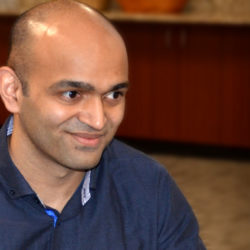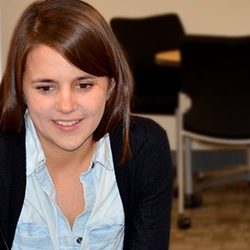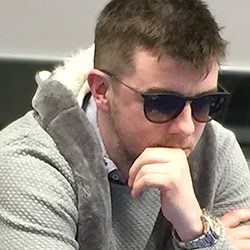
This old chestnut has been repeated by poker players for as long as the game has been played. Indeed, it is part of poker’s romance: from the laser-sharp “soul read” to a cartoonish tell relating to Oreo cookies, poker players have long emphasized the “feel” aspect of the game.
When we published The Mathematics of Poker in 2006, my fellow quant Bill Chen and I might have done more to undermine this vision of poker than any two people alive. I have long preached to anyone who would listen about the “overratedness” of physical tells and player exploitation and advocated focus on strategic play-balancing distributions, game theoretic strategies, preventing your opponent from exploiting you.
Now, I play a lot less poker than I used to, but when I do, it’s mostly in two settings – mid to higher stakes live poker, and play with motivated and smart, if potentially inexperienced, Assistant Traders in SIG’s education program. And in both of those settings, a strategic, mathematical approach is quite effective. Even though it’s possible that I could do a little better by trying to exploit players, I generally think that the gains from doing this are overstated.
But the SIG tournament is a quite different environment. Many players will be fairly inexperienced, and will be making mistakes that would seem serious in a tough game, but are just going to be par for the course here. So while most people would probably say that their plan is to play “my game,” my plan, especially for the early rounds of the tournament, was to play “not my game.” Instead, I planned to be aggressive and exploit the inexperienced opponents while staying out of the way of more experienced ones.
Not everything exactly went to plan, though. My strategy paid off early when I made two diamond flushes (one with 6d4d!) in the first two orbits, extracting a flop raise and turn bet on one and stacking someone on the other. Up to nearly 3k from 1k starting chips, I then proceeded to get all-in preflop with AQ against AA. When I lost that hand, I was back down to 2k.
As players start to dwindle in each round of the tournament, smaller tables are broken up to keep play going. At this point in my night, they brought Bill Chen to the empty seat at my table. Now Bill and I have been working on poker together for a very long time, and winding up at the same table in round of the SIG tournament was just plain unlucky. You don’t really want to see ANY good players at your table, much less the (likely) best player in the tournament. Having a tough player behind me also put a speed limit on how fast I could play, forcing me to tone it down somewhat. We played there for a while, where I was basically flat in chips. Then just before the dinner break, our table broke and I got moved to a new table.
By this time, blinds were getting up; I picked up a couple of reasonably sized pots with flop bets, which was nice; I was up above 3k now -short of where I had hoped to be, but a reasonable stack to play with. Then I lost about a thousand chips with A9 vs QTs all-in, which knocked me below 2k. With the blinds escalating and some pretty large stacks in the hands of loose players at my table, I wound up in the uncomfortable situation of having about 15 blinds to play with-too many to start playing jam-or-fold, but too few to credibly threaten the larger stacks to the point where they would let me steal. The last level of the day was mainly uneventful. I finished the day with 1,980 chips.




Subscribe Now
Get each new post sent straight to your inbox